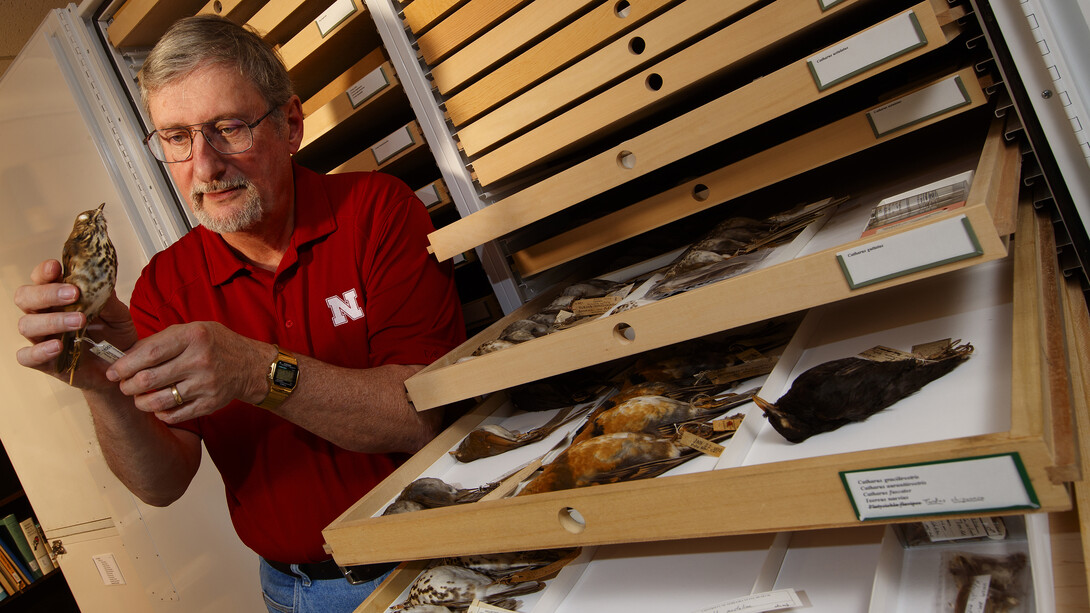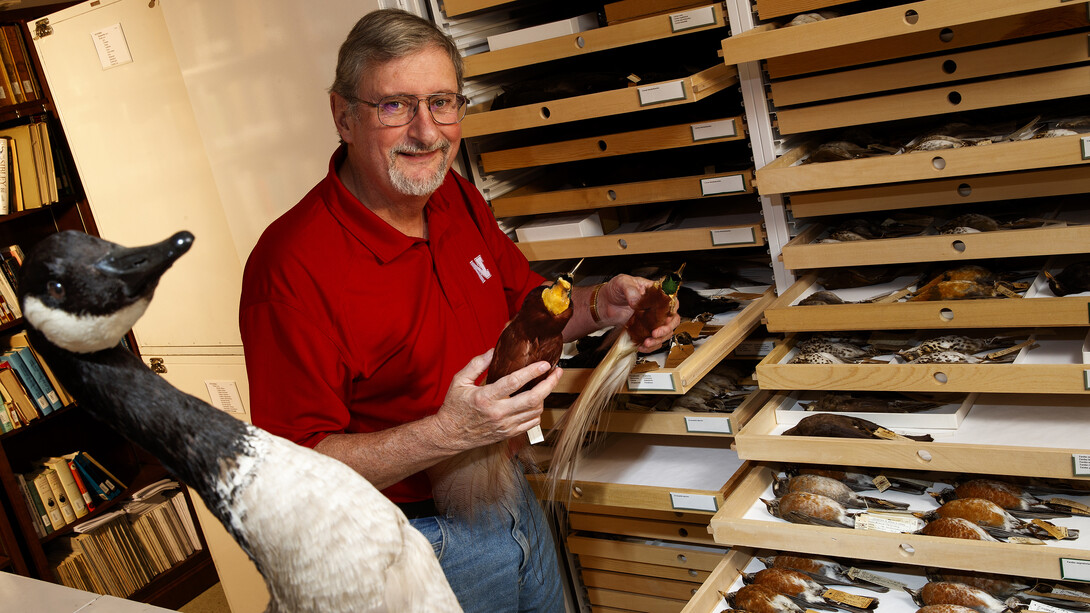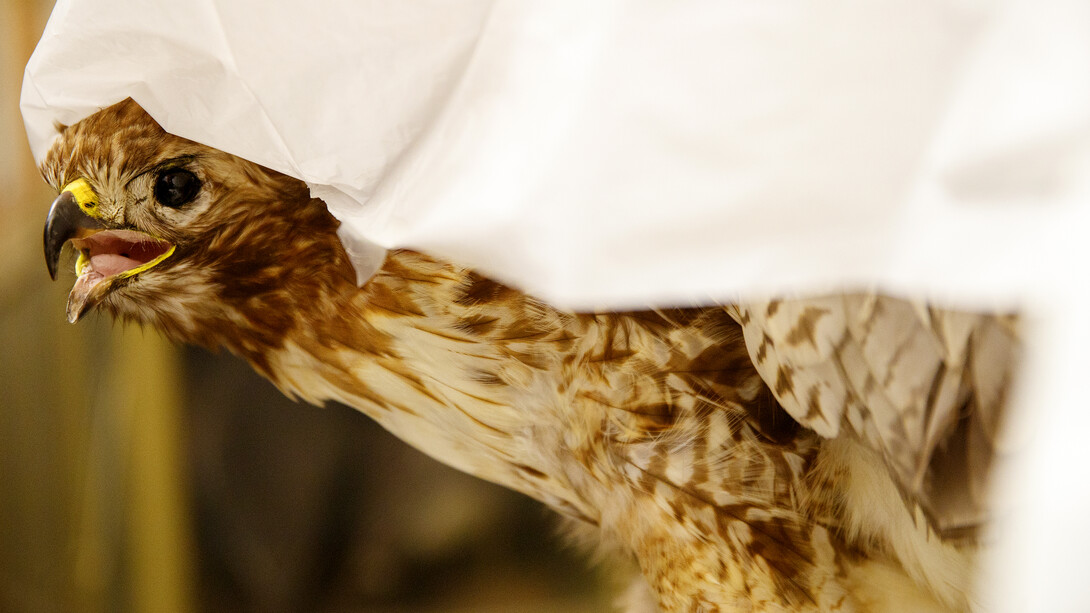
Twice as many bird species exist in the world than are currently recognized, according to a new study by Nebraska biologist Robert Zink and his colleagues. Beyond the groans of serious birders, the controversial finding has implications for evolutionary biology, understanding biodiversity and global conservation efforts.
The team’s findings appeared in the Nov. 23 issue of the journal PLOS ONE.
“Many people are surprised to find out that biologists are still arguing about what species are,” said Zink, professor of natural resources and biological sciences. He’s also curator of zoology at the University of Nebraska State Museum of Natural History.
Species, the basic building block of grouping similar individuals, is the most publicly familiar of all the taxonomic classifications. But biologists have been wrangling over what constitutes a species since Darwin’s day, Zink said.
Traditionally, ornithologists have looked for similar morphological, or physical, characteristics as well as the ability to interbreed. So birds on neighboring islands that differ by only head color, for example, are assumed to be able to interbreed and are often considered one species.
This method of classification has estimated the number of bird species on the planet at roughly 9,100.
But the ability to compare bird DNA is suggesting that many single species are actually two or more distinct ones. Molecular studies of individual species have slowly increased the overall number in recent years.
“We said, ‘We don’t have an infinite amount of time to do this one species at a time,’” Zink said. “Let’s take a global look, lay the gauntlet down and say, on average, the number of bird species in the world is twice what we currently have in our lists.”
To determine the new global estimate, the researchers compared morphological and molecular estimates. From a random sample of 200 recognized species, the team catalogued characteristics, such as plumage pattern and color, and used differences within species as well as geographic criteria to make their own species determinations. Statistical analyses projected their findings globally, resulting in an estimated 18,000 bird species.
In an independent analysis, the team examined published genetic data from more than 400 bird species. Their analysis suggests that the number of species is 2.4 times the current estimate.
The congruence of the independent morphological and molecular results is striking and suggests that current bird taxonomy underestimates species diversity by at least half, the authors noted.
No one disputes the characteristic distinctiveness within certain species, Zink said. The sticking point is the relevance of interbreeding ability, with ornithologists on both sides of the debate. The authors argue that if species are molecularly distinct, then they aren’t interbreeding and should be classified as different species.
“It was not our intent to propose new names for each of the more than 600 new species we identified in the research sample,” said Joel Cracraft, a co-author and curator at the American Museum of Natural History. “However, our study provides a glimpse of what a future taxonomy should encompass.”
Increasing the number of species has implications for preserving biodiversity and other conservation efforts. The U.S. Endangered Species Act of 1973 aims to protect species that are endangered or threatened throughout a significant portion of their range as well as the ecosystems on which they depend.
“We have decided societally that the target for conservation is the species,” Zink said. “So it follows then that we really need to be clear about what a species is, how many there are and where they’re found.”
A better understanding of bird diversity also will improve research into global distribution patterns, the evolutionary history of birds and other ecological questions.
In addition to Cracraft, Zink’s co-authors are: George Barrowclough of the American Museum of Natural History in New York and John Klicka at the University of Washington.
The National Science Foundation funded this research.









